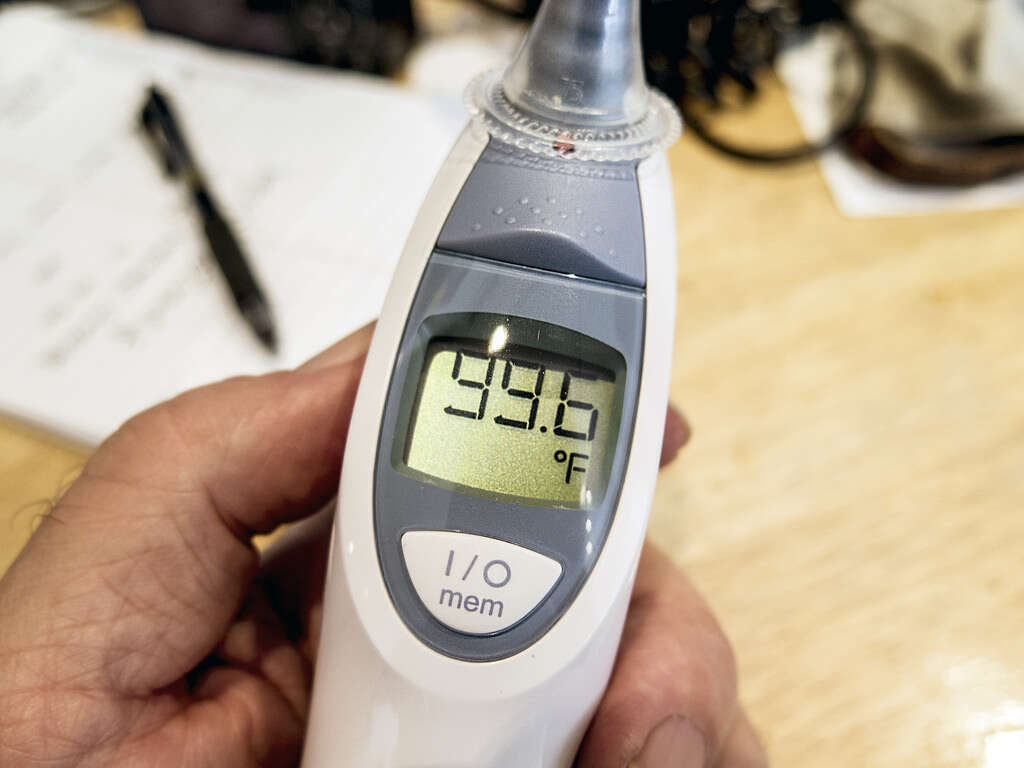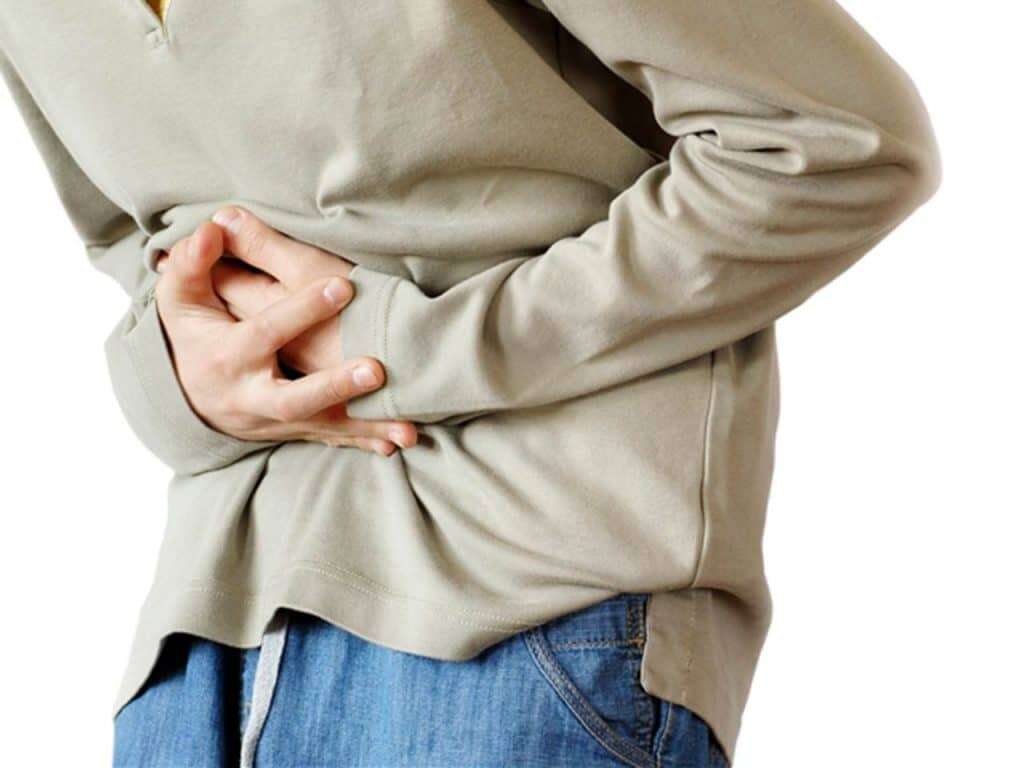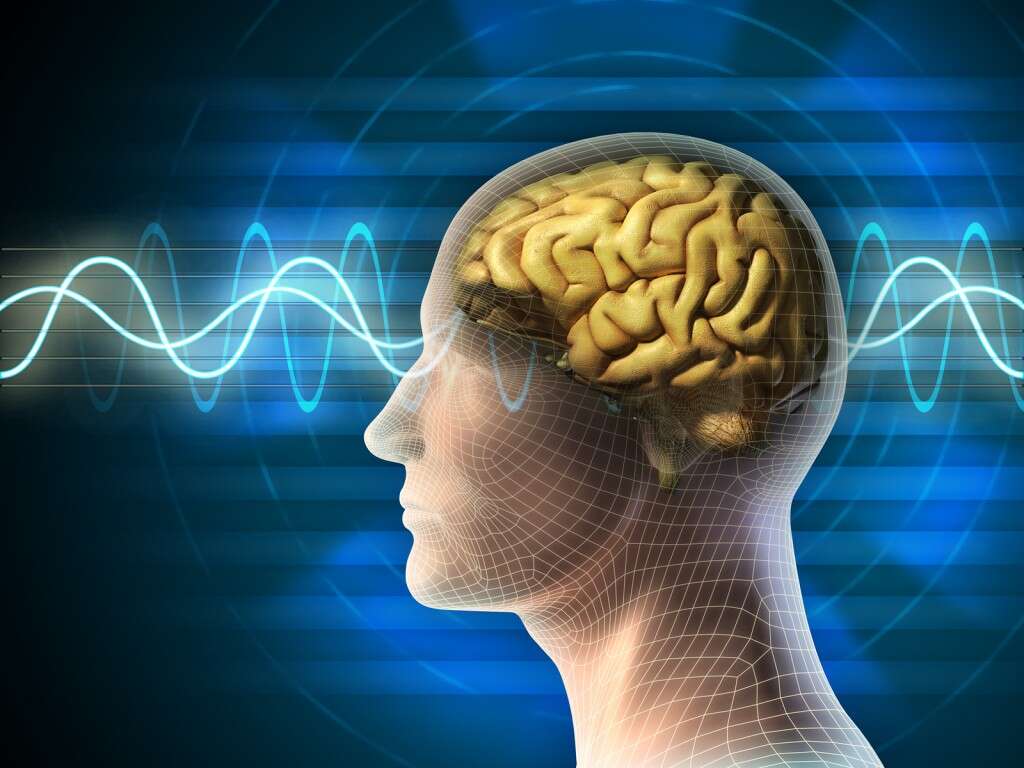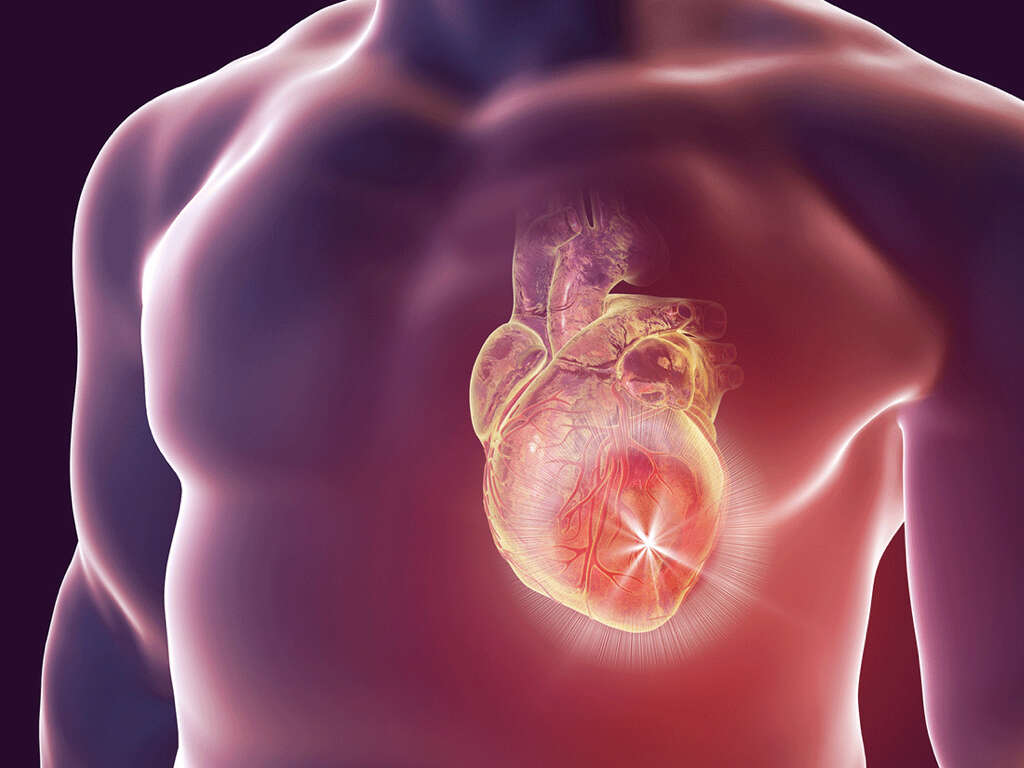10 Vasculitis Symptoms
Vasculitis includes a group of various uncommon diseases which are characterized by an inflammation of the blood vessels of the human body. This inflammation of the blood vessels causes alterations in their walls, scarring, weakening, narrowing and thickening of blood vessel walls.
Vasculitis can be either acute or chronic. Different types of vasculitis include: Behcet’s disease, Churg-Strauss syndrome, giant cell arteritis, Henoch-Schonlein purpura, Takayasu’s arteritis, Kawasaki disease, Wegener’s granulomatosis, Polyarteritis nodosa, Cryoglobulinemia, central nervous system vasculitis, and Buerger’s disease (which leads to vasculitis).
Vasculitis symptoms vary greatly and depend on the organs affected or from the severity of the blood vessels inflammation. Common vasculitis symptoms include:

Symptom #1: Skin Rash
Purplish red spots on the lower extremities are a common sign of vasculitis. These spots usually are felt by the fingertips and for this reason, they are commonly known as palpable purpura. Skin rash in cases of vasculitis as red spots results from the spillage of blood from the inflamed blood vessels into the skin. Purplish red spots tend to present in groups.
However, a variety of rashes can occur in cases of vasculitis, even though palpable purpura is most common. Repeated bouts of palpable purpura can lead to areas of hyperpigmentation on the affected parts of the skin.

Symptom #2: Fatigue
Fatigue or extreme tiredness is a common problem in many patients diagnosed with vasculitis, regardless of its type. It makes a person feel tired, weak, exhausted and out of energy at the same time. In most cases, performing even daily life tasks can be a real challenge sometimes.
Daily living is much more difficult of course. Fatigue is more likely to occur among young patients which are at a higher risk of experiencing greater psychological burdens.

Symptom #3: Fever
Fever is a common symptom of vasculitis and it usually is present at the early stage of the disease. Fatigue, tiredness and a sensation of feeling sick often accompany fever. However, as these symptoms are not specific and can be related to many different medical conditions, people often tend to ignore them. Often, these symptoms are linked to just tiredness and a busy schedule. The bad thing is that the inflammation and damage to the blood vessels within the body continues.
Doctors also fail to identify vasculitis from these early signs of fever. However, as the disease progresses and other symptoms become noticeable, fever and other general symptoms can be related to vasculitis.

Symptom #4: Abdominal Pain
Vasculitis affects the gastrointestinal system as well, which can include mouth ulcers, as well as, abdominal pain. Sometimes, even the blood flow to the digestive tract can be completely blocked which can severely damage the intestinal walls leading to necrosis and death of the intestines, perforation bloody diarrhea, etc.
Gastrointestinal vasculitis leading to abdominal pain and other gastrointestinal problems can occur in cases of giant cell arteritis, Buerger’s disease, Takayasu’s disease, cryoglobulinemia, but most frequently in polyarteritis nodosa, Henoch Schonlein purpura, Wegener’s syndrome, and Churg-Strauss syndrome.

Symptom #5: Joint Pain
Vasculitis can affect almost any part of the human body, including the joints. In cases when the small blood vessels of the joints are affected, joint pain will occur. Swelling of the affected joint is also common, which increases, even more, the discomfort and pain experienced.
Joint pain is common in cases of Henoch-Schonlein purpura, Buerger’s disease, Cryoglobulinemia or Polyarteritis nodosa. Joint pain does not occur alone, as other symptoms develop as well, always depending on the type of vasculitis and organs or body parts affected. Joint pain can either develop in the early stages of the disease, as well as, at the end stages.

Symptom #6: Muscle Pain
Patients with vasculitis commonly deal with muscle pain as well. As the blood vessels all over the body can get damaged, the blood flow will be impaired, including the blood flow to the muscles. Because of constant muscle pain, muscle weakness will develop as well as the disease progresses.
Muscle pain will interfere significantly with someone’s life as sometimes even walking can be quite a challenge.

Symptom #7: Headache
Headaches are common in cases of vasculitis, especially when the blood vessels within the brain are damaged. This is more likely to occur in cases of central nervous vasculitis. Headaches are usually severe and tend to last a long time.
As the damage to the blood vessels within the brain is irreversible, it’s understandable that these headaches will only get worse, as the inflammation progresses and more blood vessels within the brain are damaged.

Symptom #8: Seizures
There is no organ or part of the human body that can’t be affected by blood vessel inflammation, including the brain. Central nervous vasculitis is a serious and life-threatening condition which leads to various signs and symptoms, including seizures. As the blood vessels in the brain get damaged because of inflammation, normally the brain will not get enough blood, oxygen and other nutrients needed for proper functioning.
Symptoms of central nervous vasculitis, besides seizures, include severe headaches, transient ischemic attacks, stroke, problems with eyesight, encephalopathy, confusion, sensation abnormalities, etc.

Symptom #9: Kidney Failure
In cases when vasculitis affects the kidneys, kidney damage will occur leading often to kidney failure. Unfortunately, the signs and symptoms of kidney damage don’t show up until the kidneys are severely damaged and kidney failure develops.
Kidney problems and kidney failure usually occur in polyarteritis nodosa, causing glomerular nephritis. Any kidney problems should be taken seriously and treated on time. If left untreated, kidney problems can lead to kidney failure. In cases of a kidney failure dialysis is vital for the patient in order to have functional kidneys, otherwise, kidney transplant is necessary.

Symptom #10: Loss of Appetite and Weight Loss
Most people diagnosed with vasculitis have nutrition problems because of poor appetite which of course will lead to unintentional weight loss. Mouth sores, abdominal pain, and cramping, diarrhea will only make this problem worse.
If you are diagnosed with vasculitis and you are having a hard time eating, try to eat every 2 hours, even just a few bites. Also, make sure to focus on foods that are high in calories, proteins, and healthy fats. Some superfoods you should include in your diet are avocado, olive oil, canola, nuts, seeds, dried fruits, milk, yogurt, cheese, etc. You will know best what works for you.










